by Ivan | Oct 12, 2020 | Patient News, Wellness

Finding Peace Through Mindfulness and Meditation
Mindful, compassionate, serene, happy: emotions that have been in short supply during the pandemic but can be beautifully restored to those who embrace the chance to learn the time- honored practice and art of meditation. For many, it is as easy as downloading the Headspace app on their smartphone, receiving a seamless introduction to a technique the company describes as “rooted both in ancient history and modern science.”
There’s an App For That
Meditation has been practiced for over 3,000 years, and its benefits, improving well-being, helping eliminate insomnia, enhancing focus, decreasing stress, and reducing blood pressure, among many others, have been studied for decades.
But the real democratization of meditation may have been ushered in by the proliferation of apps like Calm, Buddhify, Insight Timer and Simple Habit. Since its 2010 debut, global leader Headspace has been downloaded more than 65 million times, a number that has steadily risen during the coronavirus crisis.
Dr. Megan Jones Bell, the company’s chief science officer, reports a tenfold increase in those starting the “stressed” meditation and a twelvefold increase in “reframing anxiety at home” users from mid-March to mid-May of 2020.
Getting Started
First, choose a time to meditate, and consistently make it part of your daily routine. Find an uncluttered, quiet spot where you won’t be disturbed. Make yourself comfortable in a chair or on the floor with a pillow behind you, close your eyes and allow yourself to let go. It’s natural to wonder, “Am I doing this right?” The experts at Headspace offer some gentle guidance:
- If your body is fidgeting or your mind keeps constantly chatting, you may want to walk away from the feeling. Instead of giving up, just write off the first few minutes and give your mind time to slow down. It’s not time wasted, but time spent training the mind.
- Dozing off occasionally during the first few weeks of meditation is normal. If it keeps happening, try a different time of day, sit up a little straighter or splash a little cold water on your face before you meditate.
- You may feel all sorts of unpleasant emotions, such as impatience, irritation and rage. Don’t suppress them, but give them the space to arise, unravel and ultimately fall away. Do the same if you’re fixated on a particular worrisome thought, or if you’re experiencing sadness. Acknowledge the feeling, even shed a few tears, and keep meditating.
- If you find yourself planning incessantly in a way that is unproductive and unhealthy, let those thoughts go and come back to your focus – a breath, an image, a way that is unproductive and unhealthy, let those thoughts go and come back to your focus – a breath, an image, a sound.
- Find the sweet spot between pushing yourself too hard and not applying enough focus. You may have a certain idea of what meditation should be, but it’s important to get out of your own way and give the experience room to breathe.
More Than One Way to Meditate
More than a dozen different types of meditation are taught, including:
- Guided: Form mental images of places or situations you find relaxing.
- Mantra: Silently repeat a calming word, thought or phrase to prevent distracting thoughts.
- Mindfulness: An increased awareness and acceptance of living in the present moment; observe thoughts and emotions, but let them pass without judgement.
- Calming: Cultivate a quieter, more peaceful state of mind and improved concentration.
- Insight: Set an intention to develop qualities such as wisdom and compassion.
- Body scan: Sync body and mind by performing a mental scan and paying attention to any discomfort or tensions.
- Visualization: Focus on a mental image.
- Loving kindness: Direct positive energy and goodwill to yourself and then to others.
- Resting awareness: Let thoughts simply drift away.
- Zen: Focus on following the breath to foster a sense of presence.
- Chakra: Bring the body’s core centers of energy into balance.
The post Let It Go: The Ancient Art of Meditation appeared first on Specialdocs Consultants.
by Ivan | Oct 12, 2020 | Nutrition, Patient News
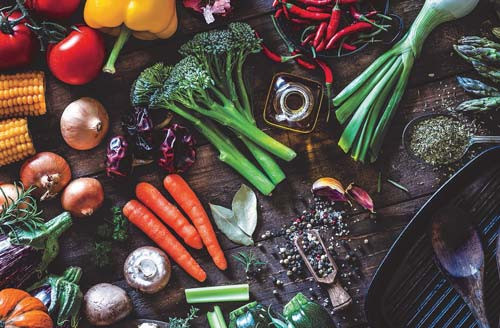
What’s the Beef With Red Meat?
It’s long been the case that provocative headlines, unexpected findings and misinformation travel far faster than conventional wisdom, especially in the internet age. Even respected medical journals like the Annals of Internal Medicine can become caught in a crossfire of disagreement, as occurred last year when a controversial nutritional study by the NutriRECS Consortium concluded that three servings of red and/or processed meat weekly resulted in a very small increased risk of cancer or heart disease.
NutriRECS further suggested that the evidence surrounding potential harm from regular consumption of red meat was weak, and therefore people needn’t abstain from eating it for health reasons.
So misleading was the journal’s press release headline, “New guidelines: No need to reduce red or processed meat consumption for good health”, that the entire study was offered as a cautionary tale at the most recent Menus of Change conference, an influential initiative on plant-forward eating from the Harvard T.H. Chan School of Public Health and the Culinary Institute of America.
A panel headed by Walter Willett, MD, professor and past chairman of the department of nutrition at the Harvard School of Public Health, dissected why a message that flew in the face of decades of research and established guidelines from the American Heart Association and the World Cancer Research Fund, made its way into the mainstream.
According to Dr. Willett, the major flaw was the authors’ decision to disregard numerous studies done over the years regarding red meat and health as “weak evidence” because they weren’t based solely on randomized clinical trials. While these are the gold standard of scientific research, the reality for nutrition studies can be different.
“There are no double-blinded, placebo-controlled trials of red meat and its links to cardiovascular disease or cancer,” explained Dr. Willett. “It’s not really possible to get this kind of study because people won’t stay on specific diets for years to track and compare.”
The result was elimination of influential studies and meta-analyses clearly pointing to increased risk of disease for meat eaters. This included a pivotal 2015 Harvard School of Public Health study of more than 121,000 individuals followed for an average of 26 years that showed every daily serving of processed meat was associated with a 13% higher risk of death from all causes; processed red meat increased the risk to 20%. A 2019 meta-analysis in the Annals itself showed that reducing processed red meat by three servings per week decreased the incidence of diabetes by 22%; lowered mortality from cardiovascular disease by 10% and from cancer by 7%; and decreased overall mortality by 7%.
“These statistics alone could have been the basis for a blockbuster drug,” asserted Dr. Willett.
Additionally, as came to light after the study was published, the authors’ ties to food industry groups were not accurately disclosed. In January, the journal issued a correction detailing those connections, but the panel’s experts were concerned that the damage had been done, and the study’s misleading headlines had negatively affected public acceptance of traditional nutritional guidance.
“The global consensus remains unchanged: largely replacing red meat with plant protein sources and (optionally) modest amounts of fish, poultry and dairy foods will reduce the risk of coronary heart disease, diabetes and premature death,” said Dr. Willett.
Beyond the Burger: What’s Next in Plant-Based Alternatives
Also featured at Menus of Change was a look at the growing American appetite for alternative proteins. The trend, kick-started by the popularity of plant-based burgers, intensified during the pandemic as consumers sought what they perceived as healthier foods produced in safer, sterile environments. Note: plant-based items are not always nutritionally sound, so please check the labels carefully when these products become available.
Coming soon:
- Plant-based ground meat, sausages, deli slices, chicken tenders, even cookie dough
- Plant based seafood, including tuna, crab cakes, fish burgers, eel and shrimp
- Egg substitutes and oat-based dairy products
- Lamb substitutes using organic compounds to replicate the earthy taste
- Cell-based seafood and cultured meats grown from the cells of fish and animals
“Plant proteins are becoming the growth story of the decade, on the cusp of replacing fish and seafood as the fourth-most-popular protein in America.”
— Zak Weston, The Good Food Institute
The post How Red Meat Went from Taboo to Acceptable and Back Again appeared first on Specialdocs Consultants.
by Specialdocs Consultants, LLC | Jul 7, 2020 | Medical Tests, Patient News
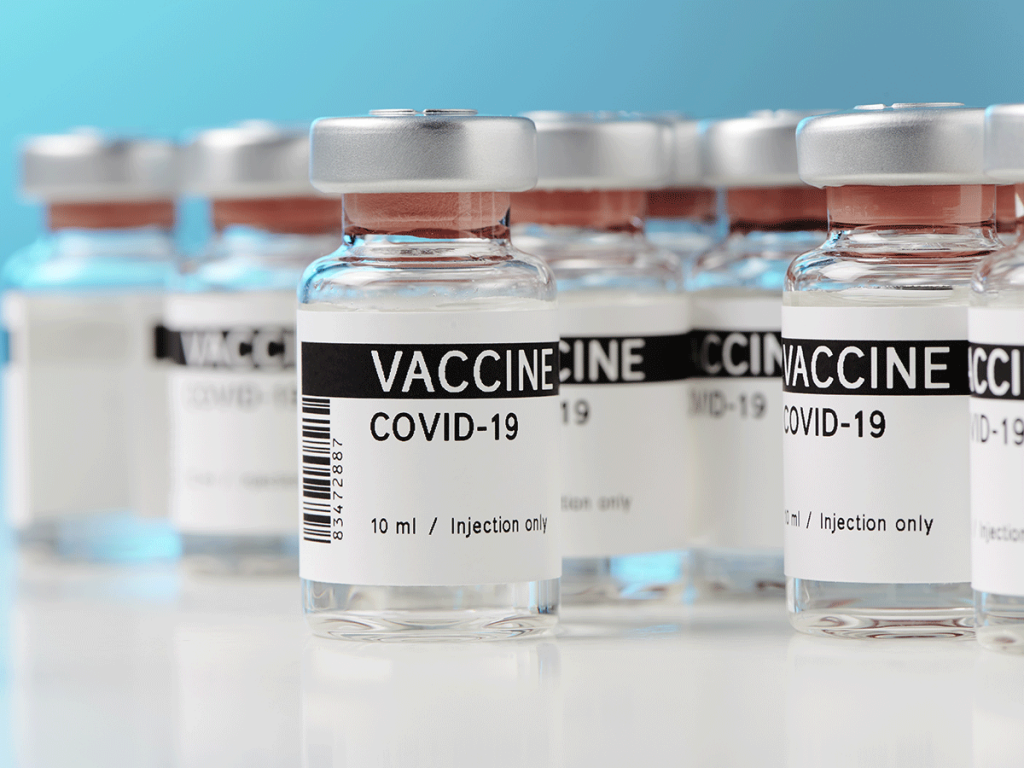
Expert Calls for Slow & Steady Approach in Vaccine Development
While the race to develop a coronavirus vaccine may seem as if it’s being run in slow motion, with most experts predicting a 2021 launch at earliest, by historical standards it’s unfolding with incredible swiftness. Looking back at timelines for other vaccines, it becomes evident that there are numerous reasons for a slow and steady approach, according to Michael Kinch, director of Washington University’s Centers for Research Innovation in Biotechnology and Drug Discovery. Kinch, who authored the authoritative book, Between Hope and Fear: A History of Vaccines and Human Immunity, cautions that vaccine development is a long, complex process requiring gathering of laboratory and real-world evidence and extensive evaluation.
“Testing for safety and efficacy requires considerable time, even with improved technology. We need to get this absolutely right, because if we panic and rush, there may be a price to be paid in terms of toxicity,” explains Kinch. “For example, in 1976, fear of a swine flu epidemic led to rapid development of a vaccine which caused Guillain-Barre syndrome [a paralyzing neurological disorder] in a small percentage of patients. That doesn’t normally happen if you take the time to check at each step.”
Lessons Learned from Past Vaccine Development
A salient lesson can be learned by going further back to the polio vaccine of the 1950s, according to Kinch. Long heralded as one of the 20th century’s landmark immunizations, it nevertheless encountered a problem when initially released. In a situation eerily similar to today’s coronavirus pandemic, the poliovirus’s paralyzing and often deadly effects were terrifying the nation, and the threat of prolonged quarantines as the only real mode of prevention had people desperate for a solution. In 1952, Dr. Jonas Salk began his clinical investigation of a polio vaccine, and the development and distribution schedule was significantly expedited to allow for release in 1955. Unfortunately, in the rush to launch, improper manufacturing of some of the early batches led to unnecessary outcomes.
The logistical challenges of rolling out a coronavirus vaccine will be significant, predicts Kinch.
“We need to manufacture enough of the vaccine to immunize 350 million Americans, but this will also require 350 million vials, syringes, stoppers and any other parts yet to be determined,” says Kinch. “This is fundamental to success, but we’re not fully looking it in the eye. And extending it to a world population of 7.5 billion makes it even more essential to address now.”
The stakes are enormous, as Kinch believes a successful coronavirus vaccine may have the power to change medicine for a generation.
“We’re going to rethink our approach just as we did with other epidemics which defined the 20th century from a scientific standpoint. Smallpox led to awareness of the importance of sanitation, and the vaccine which was developed eliminated the disease worldwide. Spanish flu gave us the structure of DNA and the foundations of biotechnology, and HIV-AIDS led us to focus on evidence-based science and government-sponsored clinical trials,” he says.
What can be learned through development of a safe, effective and scalable vaccine for the novel coronavirus may well parallel these important breakthroughs. As Kinch recently wrote: “Vaccines come with serious medical, social and political implications. If we anticipate and address them accordingly, the coming months and perhaps years could be among the finest hours for the United States and its people.”

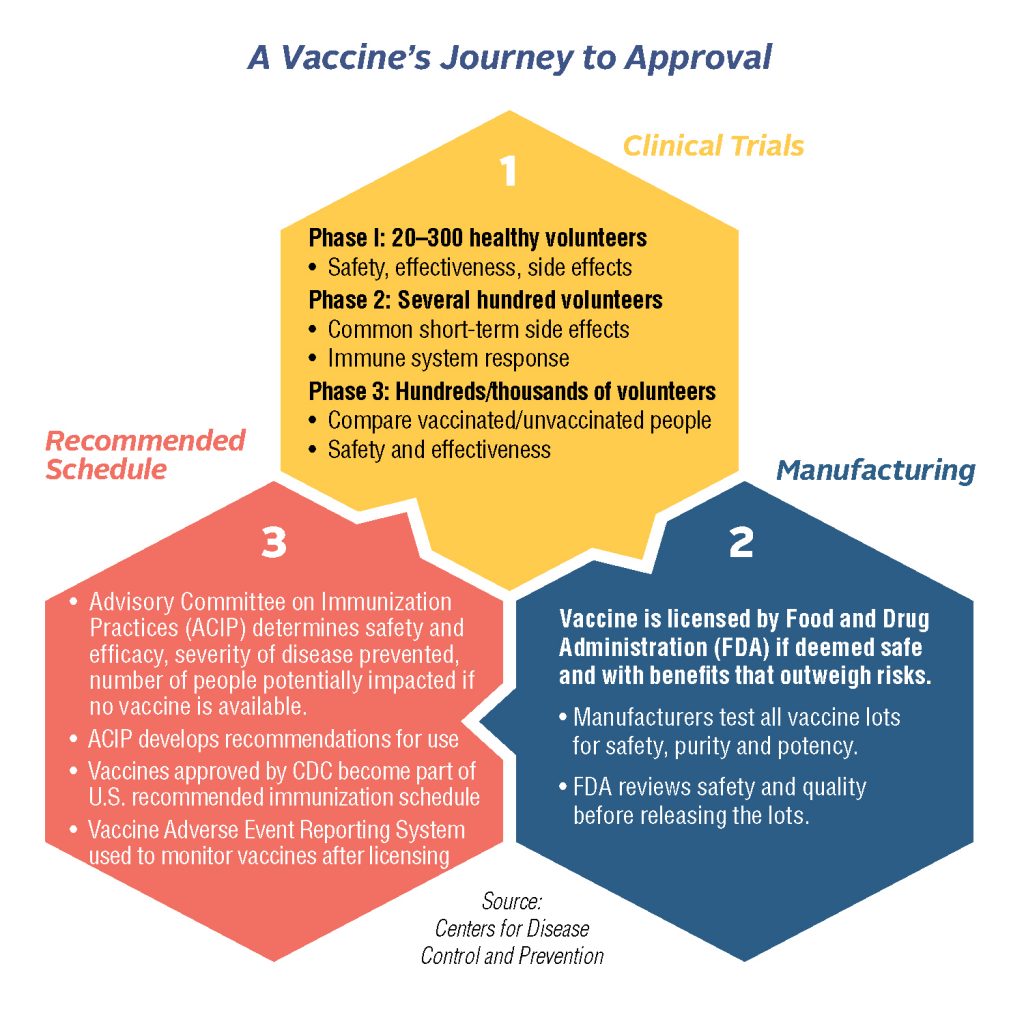
The post Coronavirus Vaccine: Expert Says, ‘We Need Time to Get This Right’ appeared first on Specialdocs Consultants.
by Specialdocs Consultants, LLC | Jul 7, 2020 | Nutrition, Patient News
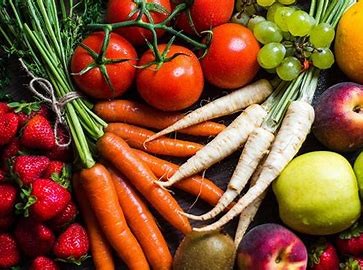
Food for Thought: Nourishing the Immune System
As football coaches and nutritionists know, the best offense is a good defense. In the fight against COVID-19, the promise of boosting the immune system with specific ‘superfoods’ is an enticing one. However, registered dietitian Linda Gigliotti, who is a fellow of the Academy of Nutrition and Dietetics and has been in practice for more than three decades, cautions that the concept is somewhat misleading. Here is what you should consider regarding superfoods and your immune system.
Balance Leads to Immune System Harmony
She explains, “We may wish there were specific foods that could make us less susceptible to illness by building up our immune system, but it doesn’t work that way. The immune system is not a single entity, and requires harmony and balance between its different components to function well.”
According to experts, although the body continually generates immune cells, with extra ones dying off in a process called apoptosis, scientists don’t yet know how many cells are needed for optimal functioning of the immune system or what the best mix of cells may be. A better approach, according to Gigliotti, is using a mix of foods that are the building blocks of a nutritionally balanced diet (e.g., the Mediterranean diet) to support or protect the immune system, not boost it.
Foods to Support & Protect the Immune System
“There’s no one ‘superfood’ or category that should be singled out to the exclusion of others,” says Gigliotti. “The typical American diet can certainly benefit from more of an emphasis on fruits and vegetables, but eat the whole rainbow of colors – red peppers, yellow corn, orange carrots, green broccoli, brown mushrooms. Chickpeas, often touted as a superfood, are excellent, but so are other legumes, such as kidney and pinto beans. Be sure to include a variety of probiotic-rich and fiber-packed foods to promote healthy gut bacteria, which also enhances your ability to maintain health and resist disease.”
Immune System of Older Adults
For older adults the picture may be a little hazier, due to “micronutrient malnutrition,” a deficiency in essential vitamins and trace minerals obtained from the diet, which is frequently seen in seniors even in affluent countries. According to Harvard Health, some lab studies have linked deficiencies in zinc; selenium; iron; folic acid; and vitamins A, B, C and D to an altered immune response in animals.
Can Vitamin Megadoses boost your Immune System?
However, it’s important to know that megadoses of vitamins and minerals are not recommended as a preventive measure for anyone. For example, studies over the years show that vitamin C supplements do not appear to lessen the possibility of getting a cold, although they may help recover from one faster and lessen the symptoms. Taking extra-large doses is not advised, because vitamin C is water soluble and excess amounts aren’t stored in the body, but excreted. The optimal way to naturally absorb vitamin C and other vitamins is by eating a variety of fruits and vegetables. If you are concerned that you may not be getting sufficient micronutrients in your diet, you may want to consider a multi-vitamin.
Flu Season and your Immune System
How can you best support your immune system as the new flu season waits in the wings? Focus on healthy lifestyle habits, advises Gigliotti, including a balanced diet rich in fruits, vegetables, high-protein foods and whole grains; adequate sleep; regular exercise; no smoking or vaping; and managing anxiety.
And … keep washing your hands!
The post Superfoods and Your Immune System appeared first on Specialdocs Consultants.
by Specialdocs Consultants, LLC | Jul 7, 2020 | Patient News, Wellness
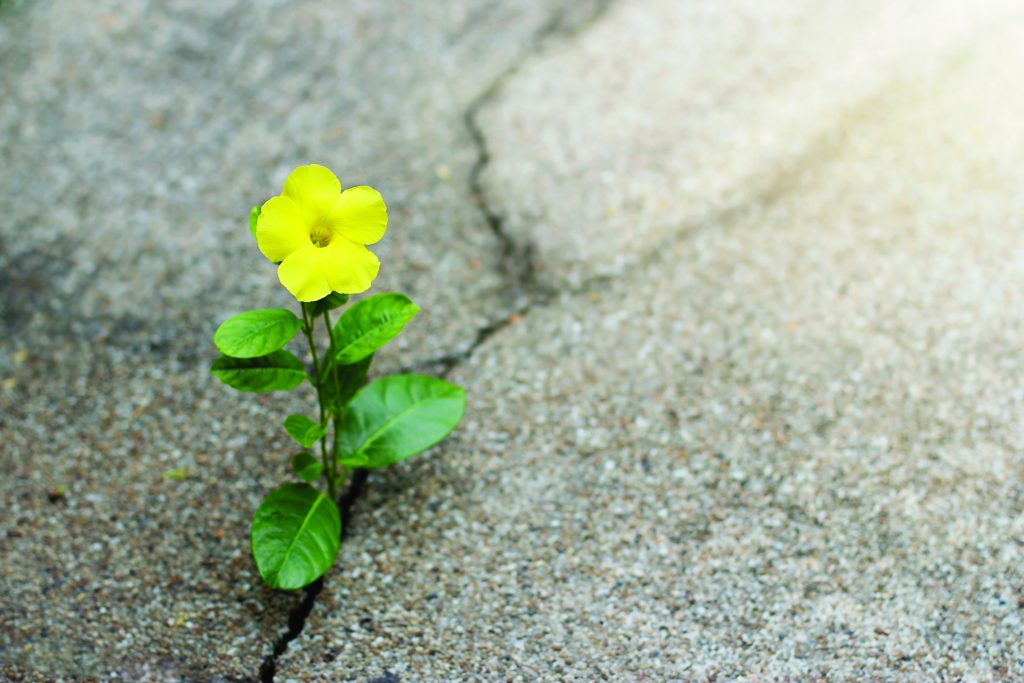
How to Adjust, Adapt and Embrace the New Normal
As we emerge cautiously from the safety of home into a world that seems comfortingly familiar yet irrefutably altered, a swirl of conflicting emotions is certain to be triggered. Relief and thankfulness may mingle uneasily with fear, anxiety and uncertainty, making it difficult to cope at times. Concierge psychologist Dr. Rebecca Johnson Osei, MA, PsyD, ABPP, shares her thoughtful perspective on navigating uncertain times with hope and optimism.
Q: What are some of the short- and long-term effects of the COVID-19 crisis on our mental health?
Dr. Johnson Osei: We’re seeing increases in anxiety and depression. Loneliness has also been a concern, due to social distancing, especially for older populations who may be more isolated from family and friends. Some are feeling grief, particularly those who weren’t able to say goodbye to a loved one, and survivor’s guilt, a common reaction to traumatic events. And most of us keenly miss the sense of control over our daily lives.
Q: How can we best manage these feelings?
Dr. Johnson Osei: Most importantly, allow yourself to experience all these emotions without guilt or judgment. They’re simply part of being human. While much of what we’re feeling may be remedied with time, be mindful and address your feelings now so they don’t become long-term issues. Also realize that you can regain control of your narrative by “reframing” your decisions. For example, instead of feeling forced to stay inside, frame it as a decision you made to protect your family. It changes your mindset when you realize that, ultimately, your behavior is your choice.
Q: Are there positive behaviors you’re seeing as a result of people learning to cope with unprecedented circumstances?
Dr. Johnson Osei: A number of really significant ones. People are gaining a renewed appreciation for the people and things they love. One-on-one time and simple human touch are valued so much more now. I imagine when friends and families reunite, there will be some really great long hugs! Being more aware of our mortality is also helping people cherish life, realizing it truly is a gift that can disappear in a second.
Being solitary and alone with our thoughts is a struggle for some, but it’s emotionally healthy to be able to entertain yourself and meet your own needs. For most Americans, coping with the discomfort of not being able to do what they want, when they want to do it, is a tough lesson, but it’s a good one to learn.
The need to connect has driven a much greater acceptance of technology than existed just a few months ago. There’s a growing willingness to think outside the box for new, ingenious ways to stay connected, and I believe this will carry on in our society well beyond the current crisis.
Q: What lessons learned from previous world crises can help guide us?
Dr. Johnson Osei: Think about how 9/11 fundamentally changed the way we travel. At first, it seemed untenable – the security lines were long and slow-moving, no one had the right size toiletries. It all feels completely normal now, and we know how to navigate the lines, pack our toiletries correctly, and wear shoes that slip on and off easily. Humans are incredibly resilient, and it’s why we’ve survived as a species. We don’t know what the new normal will look like, nor can we predict if this will go on for months or maybe years. But we do know we will adapt, and it will get easier.
Q: Any recommended strategies as we move to the next phase?
Dr. Johnson Osei: Go at the pace that’s right for you as an individual, even if it may not align with your city or state’s approach. Just because you can do something doesn’t mean you should. Be an outlier if wearing a mask or working from home makes you feel more comfortable.
Finally, it’s so important to remember: Life may be different, but this is not the end of the world we knew – it’s literally a new beginning.
The post Navigating Uncertain Times with Hope and Optimism appeared first on Specialdocs Consultants.
by Ivan | Jun 1, 2020 | Medical Tests, Patient News
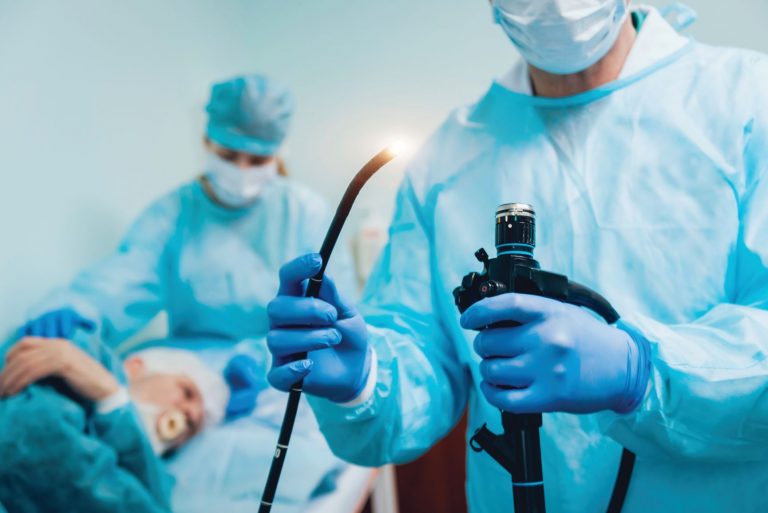
Colorectal Cancer awareness could save your life.
As one of the country’s most preventable illnesses, with a readily available test that is both diagnostic and therapeutic, why does colorectal cancer (CRC) stubbornly remain the second-leading cause of cancer-related deaths in the US? The key to reducing deaths is in the colonoscopy, a direct visualization test of the entire colon that enables a physician who specializes in gastroenterology to screen for abnormal growths (polyps) and remove them before they turn cancerous. Fighting the colonoscopy fear factor through knowledge is critical.
Don’t let colonoscopy prep scare you away. Fighting the Colonoscopy Fear Factor is important to your health
For many people, the rigorous prep required to thoroughly clean out the colon the night before the test has overshadowed the colonoscopy’s lifesaving impact, resulting in a third of adults 50 or older, the group most at risk of developing colorectal cancer, to not be screened. The colonoscopy reputation deserves a major turnaround, because in 2020 the colonoscopy experience is highly manageable, with more palatable prep options, a pain-free procedure and swift reporting of results … so there’s no need to dread your colonoscopy or anxiously avoid a 10-year follow-up. You can fight the colonoscopy fear factor.
Previous prep involved drinking up to 128 ounces of salty-tasting fluid over a short time, but several new colon cleansing preparations are now available that require less fluid, according to Mayo Clinic. Products such as Prepopik, Suprep and Plenvu can be mixed with a liquid of choice, and some patients might be offered a nonprescription prep of polyethylene glycol (such as MiraLAX) followed by an electrolyte-containing drink (such as Gatorade) – but note that these lower-volume prep solutions may not be appropriate for people with heart, kidney or liver disease. If higher-volume fluid solutions are needed, a split dose makes it easier and more tolerable, with half of the laxative taken in one sitting and the other half on the morning of the procedure. Even newer possibilities are on the horizon: Keep an eye out for an edible colonoscopy prep kit that incorporates active laxative ingredients into better-tasting food bars and drinks, with final phase of trials scheduled in mid-2020.
Whatever type of solution you choose, adjust your diet a few days before your colonoscopy to include smaller portions and low-fiber foods to ensure a smoother prep. On the day before your procedure, when you’ll be on a liquid diet, treat yourself to good-tasting items like organic low-sodium broth, white grape juice, flavored sparkling waters and full-bodied coffee (without creamer). Make the prep solution more palatable by refrigerating and drinking it chilled; suck on a lemon wedge or chew a piece of gum between glasses to help mask the flavor. When the solution starts to work emptying your bowels, be prepared for your time in the bathroom with wet wipes or double ply toilet paper, a fully charged phone, and some light reading.
During the 30- to 60-minute procedure, most people will be given a mild sedative drug or an anesthetic to put them in a “twilight” sleep, while a few will require general anesthesia. A thin, flexible, lighted tube is inserted into the colon, and air, CO2, sterilized water or saline is gently pumped in to inflate the colon and allow the entire lining to be viewed. Polyps are removed if present, and biopsies are taken of any abnormal areas. After the test, you’ll recover from the sedative for about an hour before you go home and consider this mission accomplished.
Still feeling uneasy about a colonoscopy?
Noninvasive, stool-based screening tests may offer an alternative if you’re considered at average risk – that is, no family or personal history of CRC, no previous polyps, no long-standing inflammatory bowel disease or the presence of certain genetic syndromes. The most well-known is FDA-approved Cologuard, which detects DNA markers for cancer and uses fecal immunochemical testing (FIT) to find blood in the stool, with less reliable results: 92% accuracy for cancer and only 69% for advanced colon polyps, plus a 13% rate of false positives. Other options include a “virtual colonoscopy” that uses CT imaging for a detailed view of the inside of the colon and rectum or a flexible sigmoidoscopy to view the lower part of the colon, which requires the colon prep described above. However, a positive result on any of these tests will result in the need for a colonoscopy, which remains the gold standard for colon cancer testing as the most accurate way to find and remove polyps and determine the right follow-up intervals.
Under 50: Are Screenings Necessary?
For people with a family history of genetic conditions that put them at increased risk, screenings may be recommended at a younger age. Additionally, in 2018, a controversial decision was made by the American Cancer Society to lower its threshold to age 45, in response to a steady rise in the cancer’s prevalence each year since the mid-1990s among ages 20 to 54. A new 2020 study appeared to provide more evidence, showing a 46% spike in colorectal cancer incidence between ages 49 and 50 – attributed to cancer that had gone undetected in younger patients until routine screening at age 50.
Research is in progress to resolve the conflicting guidelines, but current best practices* keep 50 as the age to begin colorectal cancer screening for average-risk adults; with FIT or guaiac-based fecal occult blood testing every two years or a colonoscopy every 10 years; and no testing after age 75.
Did You Know?
More than 15 million colonoscopies are performed in the United States annually. Speaking with your doctor and being armed with the right information can make fighting the colonoscopy fear factor a little easier.
Recommendation:
We recommend all adults over the age of 40, with anemia, have a gastroenterology evaluation including colonoscopy. Please call our office for more information.
*American College of Physicians
The post Fighting the Colonoscopy Fear Factor appeared first on Specialdocs Consultants.









Recent Comments